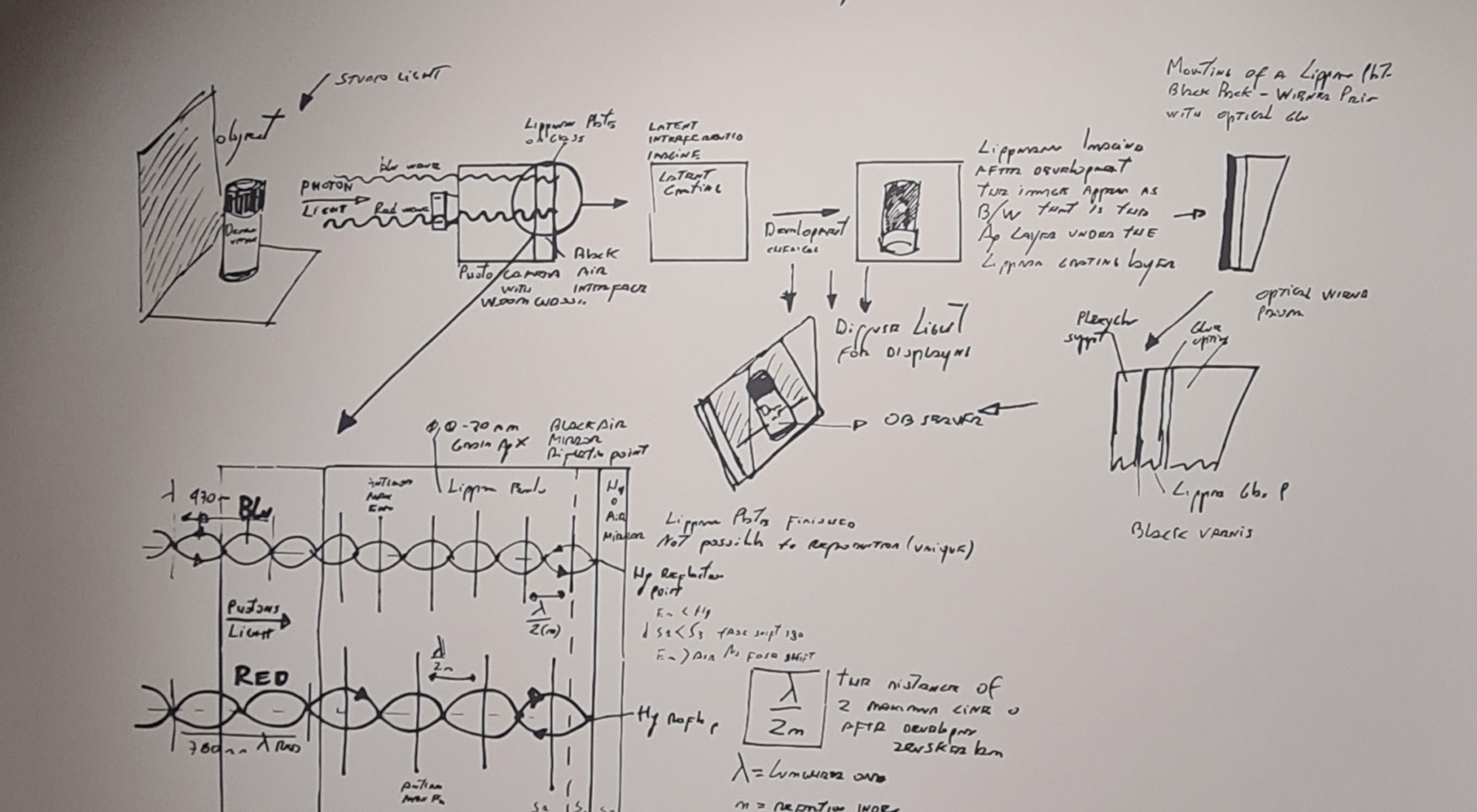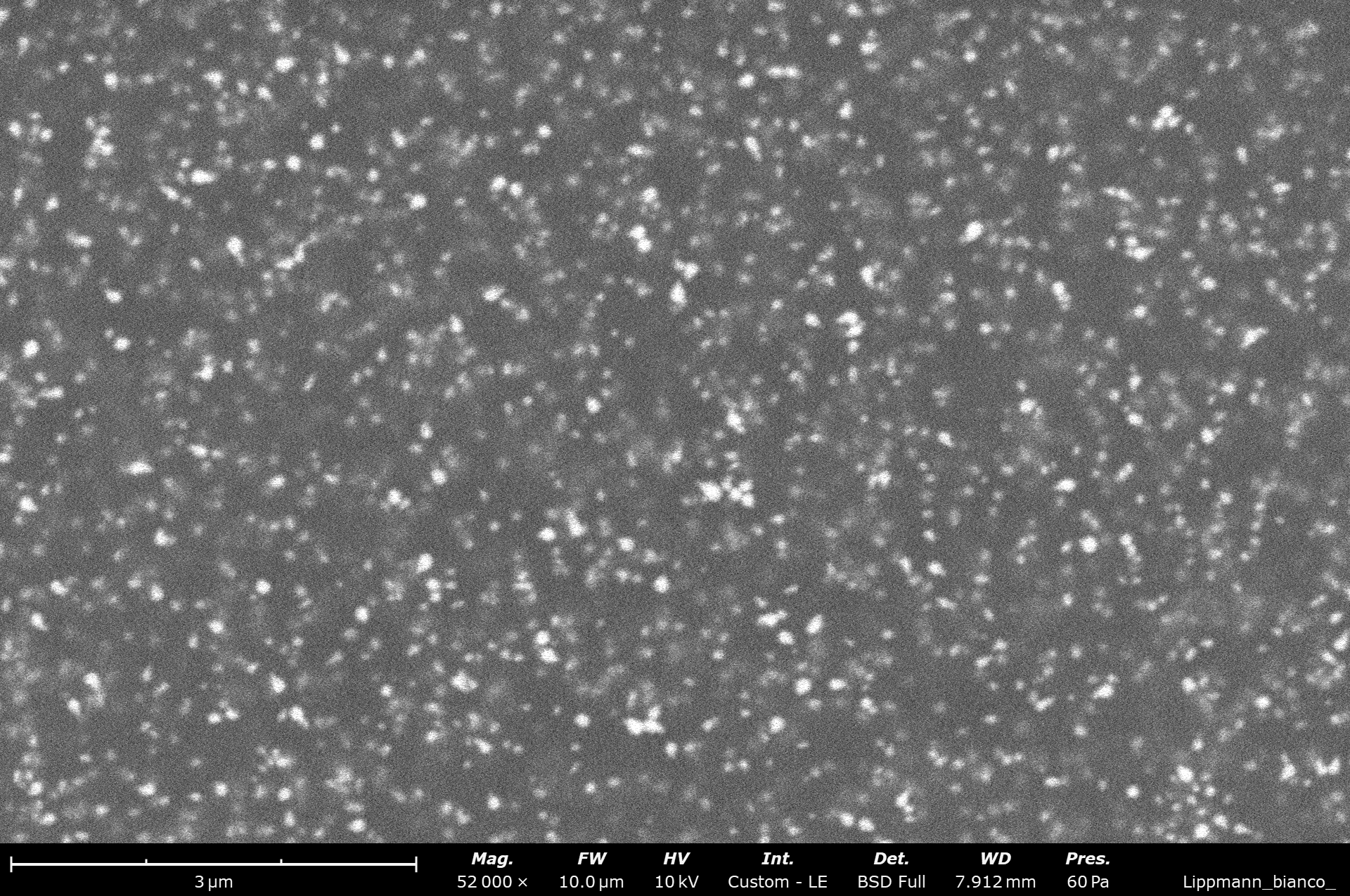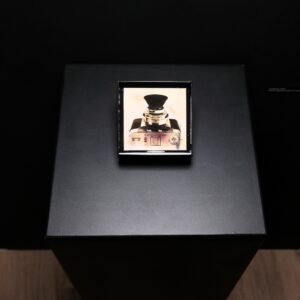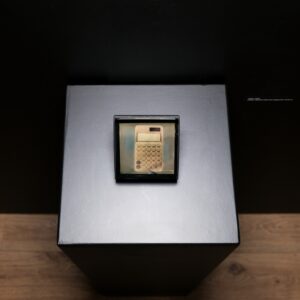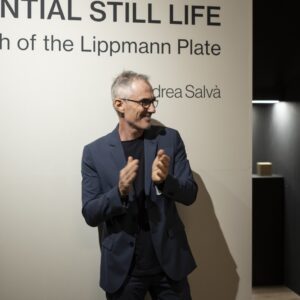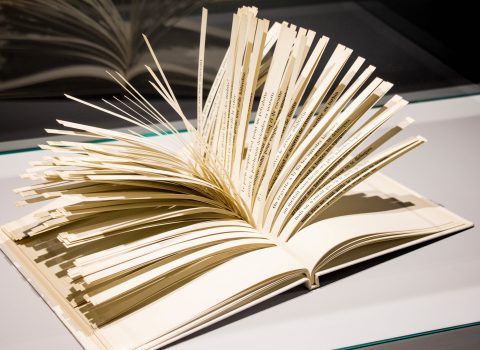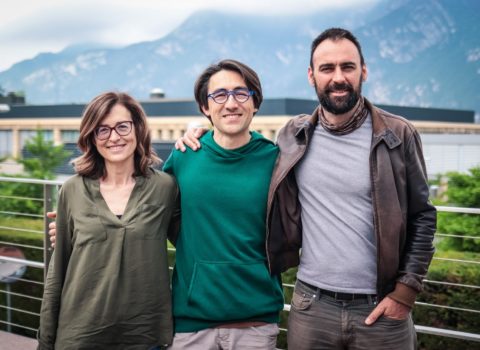
Innovation refraction that come from afar
From October 26 to December 8, 2023, the 00A Gallery in Trento hosted an unusual photography exhibit, the result of the determination of artist/inventor Andrea Salvà who beats an innovation path interrupted for decades
What distinguishes art from science? What obsessions might the two forms of search have in common? When does a physical phenomenon become a work of art? Can an image hint at new possible futures? The questions raised by the INTERFERENTIAL STILL LIFE – Rebirth of the Lippmann Plate exhibit are many.
The exhibition, curated by Carla Cardinaletti, presented, for the first time in many decades, shots that were anything but taken for granted: photographic prints of a number of objects, borrowed from everyday life, made with an actualization of the developing technique elaborated at the beginning of the last century by French Nobel laureate Gabriel Lippmann (1845-1921). The importance of his studies introduced, and for a long time made possible, the representation of “multispectral” photographic images by capturing refracted light on silver foils, the so-called Lippmann plates.
“A calculator, a book, a vintage camera, and a sequence of commonly used medicines, portrayed according to the stylistic devices of advertising photography. Salvà’s Still Lives are unique pieces, yet they make incursions into the custom of our homes, our drawers, our memories.”
Without delving into the game of mirrors between content (in addition to medicines, the can of a well-known largely consumed energy drink) and a container (a foil that required years of experimentation and an incredible amount of trial and error before being properly impressed) that the images presented in Trento offer, from a scientific point of view this occasion was valuable for bringing different skills together around the prism of the investigation, which is in itself multidisciplinary.
First, the process codified by Lippmann, reproducible by scientific protocol, was put to the test of time and renewed through the introduction of nanoparticles built in the laboratory with high-precision instruments until stable results were achieved.
It is therefore not a simple re-presentation, artistic and scientific nostalgia, but a contemporary reinvention that pays homage to the past and inaugurates a possible new path, in a time, ours, in which the prevailing image is digital and nanotechnology combined with optical interference phenomena may come into play.
The interweaving of different disciplines also emerges as a novel educational possibility: the aesthetic experience of relating to these special photos, which are virtually unique (a total of 500 Lippmann plates are preserved in the world, 120 of which are on display), may fall under the umbrella of what is called kinetic art because without applying a prism and, above all, without movement, the perception of extraordinary photographic qualities cannot be achieved.
Images that literally take shape, acquire a three-dimensionality and quality of detail that borders on the tactile perception. Photos that trigger our curiosity because they are not static but in motion, along with us, making us ask new questions, about the role of light, be it natural or artificial, about the physics of color, and about our own perception through the body and interaction with objects in space (embodiment and agency).
The occasion was also valuable in allowing the art team to meet scientists from Fondazione Bruno Kessler’s Sensors and Devices Center, in particular Leonardo Gasparini (leader of the IRIS unit), Rossana Dell’Anna and David Novel (both at the MNF unit). The latter made possible some measurements to validate the consistency of the empirically tested results through imaging using the electron microscopes provided at FBK on the light-impressed photographic plate.
Scanning electron microscope image of a portion of the plate exposed to light during the image acquisition phase. What can be seen is the distribution of metallic nanoparticles a few tens of nanometers in diameter, on which the formation of the hyperspectral image during viewing by the observer depends.
The technical skills that were required to achieve this result and to tell the story of the process and its implications represent an opportunity for visual literacy and a close encounter with the science of the invisible to the human eye, yet so essential to grasp the beauty and richness of nature’s variety through our perception. A kind of augmented reality that does not use technology or prosthetics but starts from a new awareness. A perceptual quantum leap that opens to new discoveries and analog and poetical – and poietical -associations, which brings science closer as a daily exercise in wonder and a tireless willingness to wander, learn and share new knowledge again and again.
Crediti Foto: 00A Gallery – Trento
